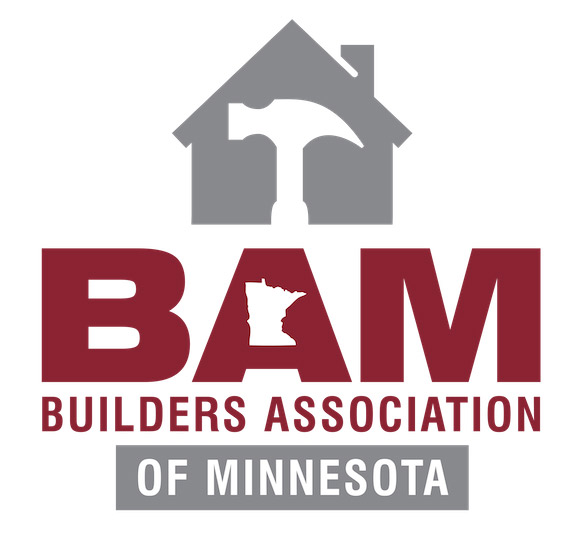Robust Turnout at 2022 Builders’ Show Signals Strength of Home Building Industry
More than 45,000 home building professionals filled the exhibit halls of the Orange County Convention Center in Orlando as the National Association of Home Builders (NAHB) hosted the NAHB International Builders’ Show® (IBS) Feb. 8-10, which followed extensive health and safety protocols.
IBS and the Kitchen & Bath Industry Show (KBIS) once again combined for the annual Design & Construction Week® (DCW), which drew more than 70,000 attendees.
“The attendance at this year’s show exceeded our expectations and reflects the enthusiasm of the home building industry to collaborate and discover the latest products and technology solutions for their customers,” said Geoff Cassidy, NAHB senior vice president of exhibitions and meetings. “Our top priority remained the safety of attendees and exhibitors throughout the show. We implemented a series of health measures that helped to ensure a safe and productive show.”
Exhibit space for IBS totaled 425,000 net square feet, where more than 800 exhibitors displayed the latest in building products and technology.
In all, DCW featured nearly 1,200 exhibitors occupying approximately 725,000 square feet of indoor and outdoor exhibits. Many exhibitors also noted the strong foot traffic of attendees.
“We’re really pleased with the turnout. We’re excited to have in-person meetings with our clients and be able to walk them around and show them our products,” said Nicole LeBlanc, shopper marketing manager for Builder Channel at Whirlpool Corporation. “We did a lot of product research leading up to the show and are excited to showcase that here.”
In addition to meeting suppliers and seeing product demos throughout the three-day show, attendees networked with peers and attended any of more than 110 education sessions led by experts on a wide range of industry topics.
Next year, Design & Construction Week will return to Las Vegas Jan. 31-Feb. 2, 2023.
